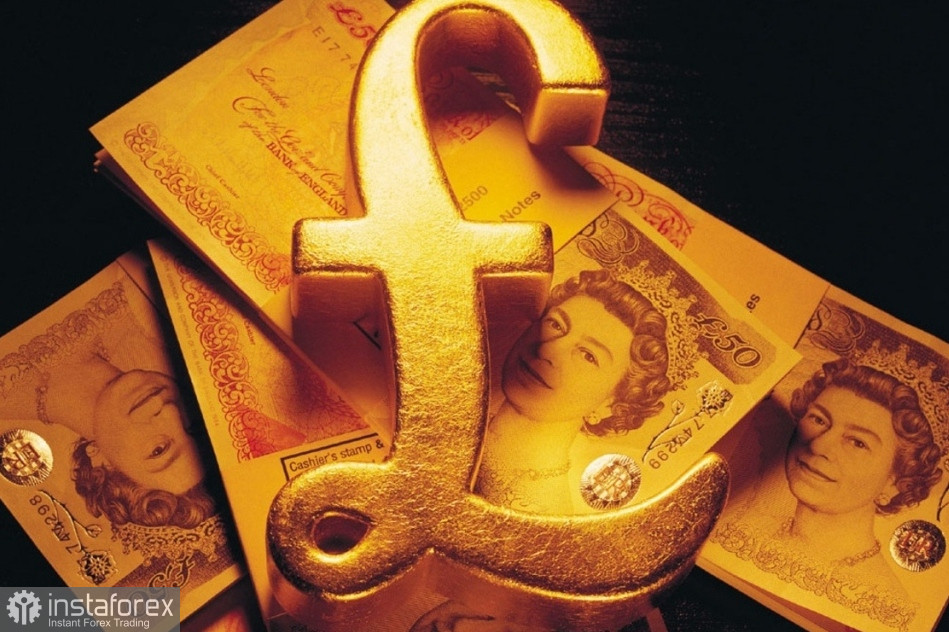The pound sterling increased against the US dollar on Monday but retreated slightly today. GBP was boosted by plans of the new Chancellor of the Exchequer, Jeremy Hunt, who is currently seeking ways to fill a massive fiscal back hole.

Jeremy Hunt wants to raise more money through inheritance tax to fill the £35 billion hole. He is expected to provide further details regarding his plans on November 17. According to reports, he plans to freeze the threshold at which inheritance tax starts to be paid - the so-called "nil rate band". The nil rate has been set at £325,000 since 2009 and it was due to be kept at that level until 2025-2026. Reportedly Hunt is considering an extension of the moratorium to 2027-2028, which could raise at least £500 million.
Experts note that high inflation and the freeze in tax free thresholds effectively act as real-terms tax rises. The Treasury has already frozen income and capital tax thresholds until 2025-2026, which has brought billions of pounds to the budget. These freezes are also expected to be increased. The upcoming corporation tax increase by 25%, which is set to occur in April, could significantly impact the banking sector. However it is not expected to be particularly damaging thanks to the sector's revenues amid interest rate hikes by the Bank of England.
The UK government has repeatedly called for a plan to provide financial support to citizens who have been hit hard by the cost of living crisis, as well as high electricity and gasoline prices. However, such a plan would require money, and the new UK finance minister is trying to raise it.
The latest economic data suggests that UK economic prospects are dire. The rapid interest hike has already pushed the UK economy into a recession, and official forecasts indicate the GDP could decline by up to 3% in 2023 if monetary tightening continues. At the last week's policy meeting, the Bank of England stated that the pace of further aggressive measures should be slowed down, and the wind down of quantitative easing should also be delayed.
On the technical side, GBP/USD continues to advance, recovering losses it sustained last week. Now, bulls are focused on defending the support level of 1.1420 and breaking through the resistance at 1.1540. A breakout above this level would be required for advancing towards 1.1610 and 1.1690. From there, the pound sterling could surge towards 1.1730 and 1.1780. If bearish traders push the pair below 1.1420, it would make a possible short-term uptrend highly unlikely. A breakout below 1.1420 would send the pair back to 1.1360 and 1.1290.
EUR/USD bears are waiting for Thursday's release of US inflation data and are not particularly active at the moment. An uptrend would require the pair to break above 1.0030, which would send the pair towards 1.0090 and 1.0140. EUR/USD has regained the parity level, but now it needs to settle above it. If the pair fails to do so, it would fall back to 0.9970. From there, it could decline to the low at 0.9920 under increased pressure. If EUR/USD breaks below 0.9920, it could hit the lows at 0.9880 and 0.9830.
 English
English 
 Русский
Русский Bahasa Indonesia
Bahasa Indonesia Bahasa Malay
Bahasa Malay ไทย
ไทย Español
Español Deutsch
Deutsch Български
Български Français
Français Tiếng Việt
Tiếng Việt 中文
中文 বাংলা
বাংলা हिन्दी
हिन्दी Čeština
Čeština Українська
Українська Română
Română

